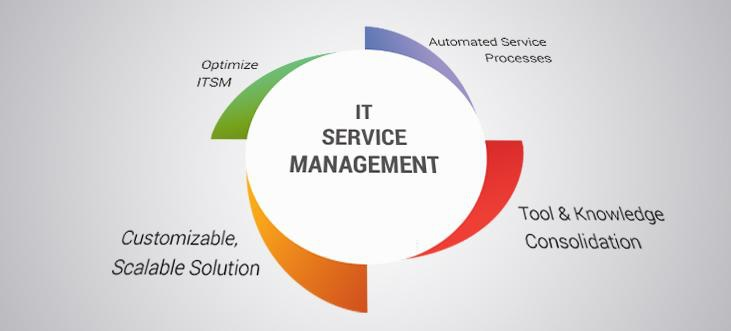Asset management
Services need software and hardware assets to work accordingly. These items should then be monitored, updated, and mapped to see how they interact.Incident Management
This oversees and tracks incidents or events of disruption, as well as service requests for new software or hardware. This kind of ITSM management process is responsible for the restoration of services to customers as fast as possible. Prioritizing incidents and service requests based on its business impact enables employees to concentrate their efforts where they can be most effective.
Problem Management
This ITSM management process refers to the simplification of incident investigations, from the time of its discovery through to its resolution. It uses ITIL sub-processes of problem control, error control, and proactive issue analysis. Problem management aims to eliminate flaws from the IT infrastructure, reduce recurring incidents, and keep the environment stable.
Change and Release Management
When a service does not meet business standards, it needs to be modified, expanded, or changed. IT must know how these changes can affect service deployment, deploy them appropriately, and then monitor their effects. Release management can be integrated with change management or treated as a separate process.
Service-level Management
It follows Service Level Agreements (SLAs) with customers and vendors so the management can determine its weaknesses and take corrective actions appropriately.
Request Management
This ITSM management process follows up on service requests, such as password resets, workstation set up, or access to information. This guarantees that important requests are being worked out.
Configuration Management
Tracks all the things that are being configured in your IT system. It identifies, validates, and maintains integral configuration information for all assets (hardware, software, and documentation) and personnel. This ITSM process provides your IT team a reliable repository for IT component information and highlights the relationship between your infrastructure and services.
Improvement Management
Ask for improvement opportunities and implement activities to track performance goals and measure success.
Project management
IT services shift between different stages of the life cycle at different times and speeds. Project management allows IT organizations to keep orderly services and prevent issues like outdated systems or shadow IT.
Knowledge management
Knowledge management helps avoid duplicated work by arranging and making information about IT services easily accessible.
Workflow and Talent Management
Designate the right people with the right skills and knowledge into roles that fit them. Support your business objectives by putting your top performing employees in areas they can provide the best service.
A Few Reminders on Your ITSM Implementation
To ensure that you’re making the most of your ITSM management processes, you would want to keep your objectives in line with your goals that include improved customer satisfaction, increased productivity, and better business outcomes. For a smooth ITSM implementation, follow these tips.
Listen to end users
The people with the most influence on the success of your project are the ones who will likely use your ITSM tool. As such, you must have a dialogue with them. Have a complete understanding of what they expect to get from the tool, and incorporate their feedback into the ITSM tool rollout.
Invest in the service desk
Since your primary users are working in the IT service desk, it’s ideal to invest in tools that will help them perform their jobs well. Train them how to use the new tool and provide them techniques and approaches that will empower them to do their roles more effectively and efficiently.
ITIL training, IT self-service, and knowledge management can be beneficial down the road. These activities can enable IT self-service which can reduce contact volume, allowing your staff to better handle other immediate concerns. With greater support capacity, you’ll have an increase in customer satisfaction and user productivity.
Solve the Problem with Problem Management
Problem management may not be a priority in ITSM implementation as the resources and processes are not yet in place. While you wait for the ITSM management processes to be fully implemented, you must understand the fundamentals of incidents and find ways to reduce them and improve change success rates.
ITarian offers an ITSM tool designed to improve your IT service delivery and increase user satisfaction. It enables organizations to automate workflows, get real-time visibility of the IT environment, and improve productivity without having to spend a fortune on operational IT costs.